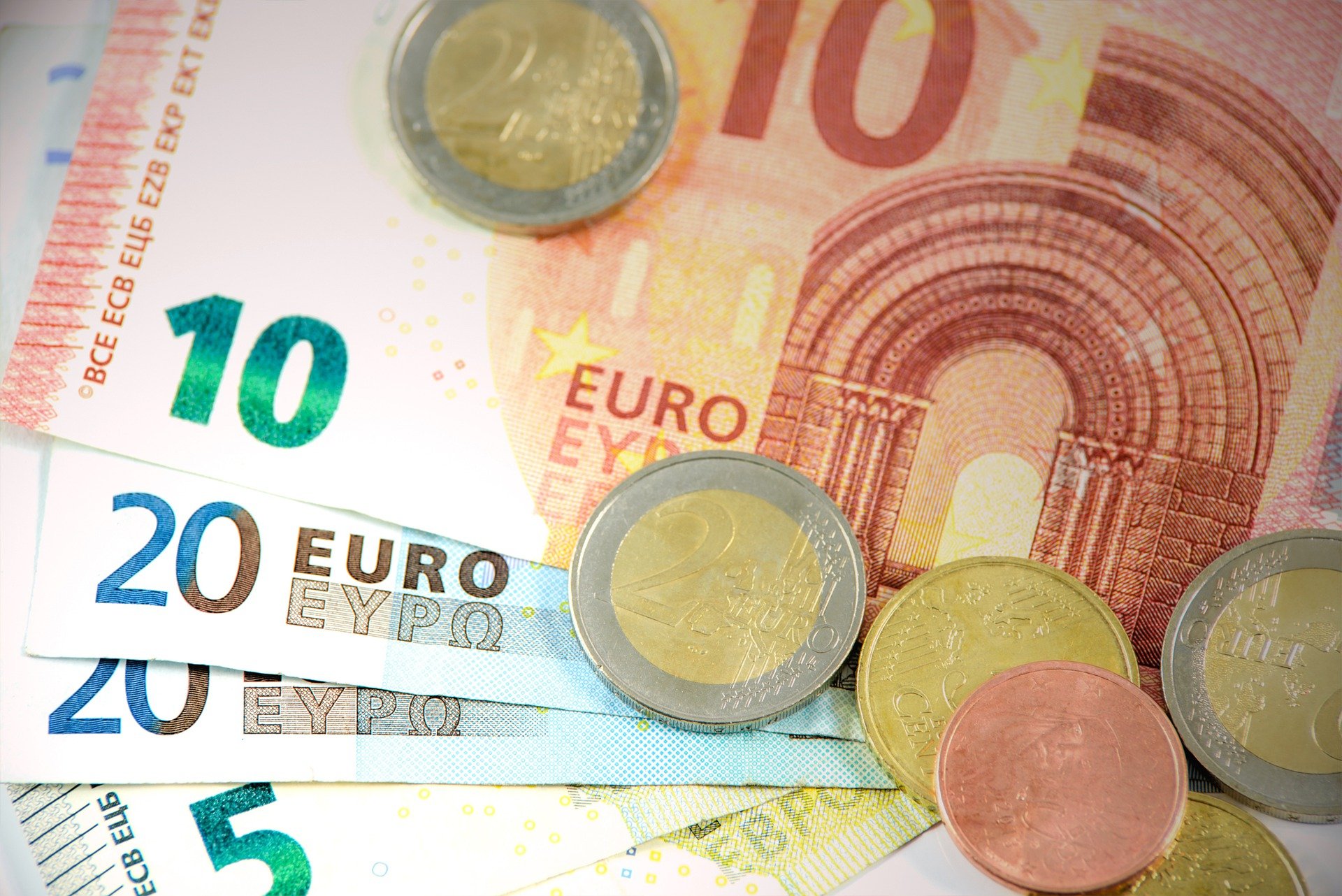
The International Monetary Fund doubled their forecast of Croatia's GDP growth in 2022, from 3.2 to 5.9 percent in a report published on Tuesday, amid expected downturns in major economies due to energy crises and rising interest rates which are pushing up borrowing costs.
In 2023 Croatia's economy is now projected to slow down to 3.5 percent. The previous IMF forecast, released in the spring, projected a 4-percent GDP growth. In 2021, Croatia's GDP grew by 10.2 percent, which turned out to be 0.2 percentage points down from the IMF's forecast in the spring of that year.
This year's inflation in Croatia is projected at 9.8 percent, significantly higher from last year's 2.6 percent, and is expected to drop to 5.5 percent in 2023. The current inflation projection is also double from the spring report, which put inflation at 5.9 percent this year.
The current account balance of payments is expected to show a GDP surplus of 2.2 percent this year, improved from the spring report which predicted a 0.4 percent deficit. In 2023 the surplus is expected to fall to 2.0 percent. In 2021, the Croatia has a current account surplus of 3.4 percent, pr 1.4 percentage points up from the spring 2021 projection.
The forecast of this year's unemployment rate was now reduced to 6.9 percent, down from 7.7 percent in the spring. In 2023, it is expected to fall to 6.6 percent.
The IMF forecasts that Europe's "emerging and developing economies," a group of countries which includes Croatia, will stagnate this year, whereas in April they predict their collective GDP to shrink by 2.9 percent. In 2023, their economic activity is expected to increase by 0.6 percent.
Croatia is expected to record the highest growth in this group, at 5.9 percent, in 2022, followed by Hungary, at 5.7 percent. In the euro zone - which Croatia is set to join in January 2023 - the IMF forecasts 3.1 percent GDP growth this year, which is expected to slow down to 0.5 percent in 2023.
Kakvo je tvoje mišljenje o ovome?
Pridruži se raspravi ili pročitaj komentare



 Srbija
Srbija
 Bosna i Hercegovina
Bosna i Hercegovina
 Slovenija
Slovenija







